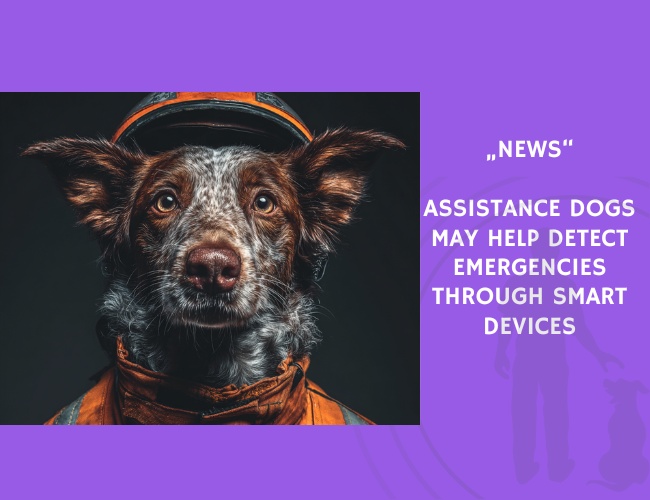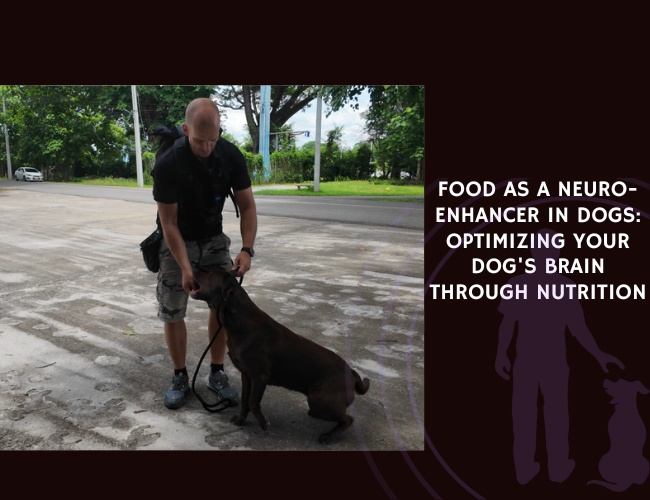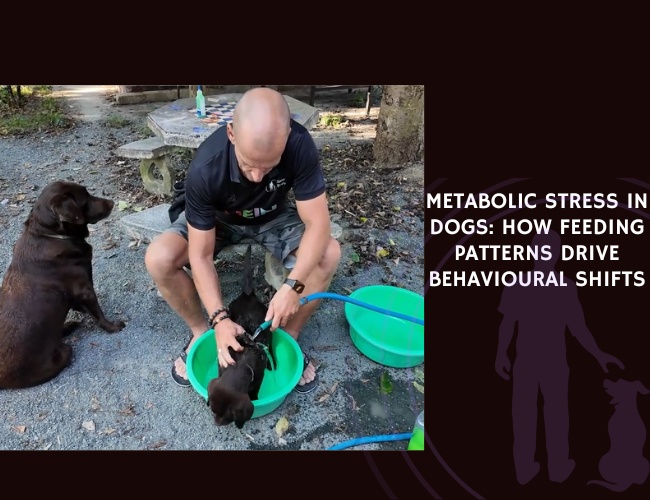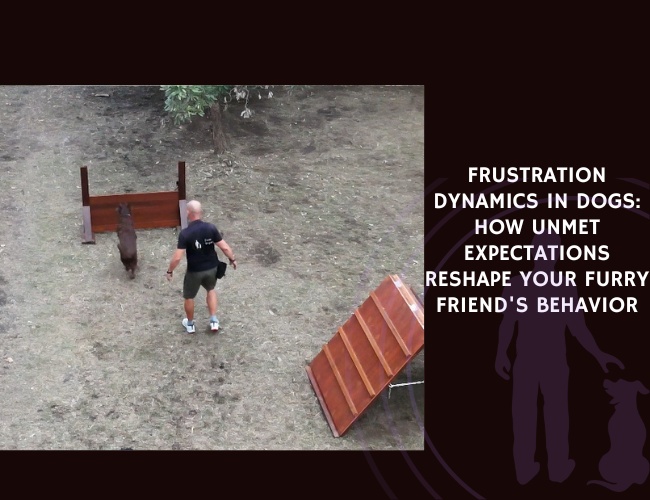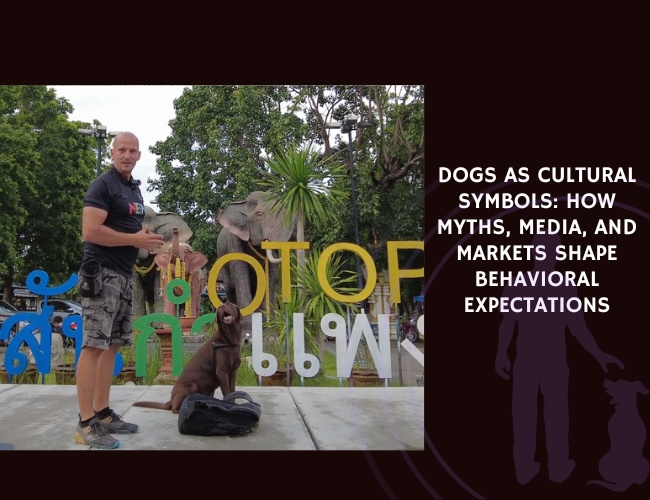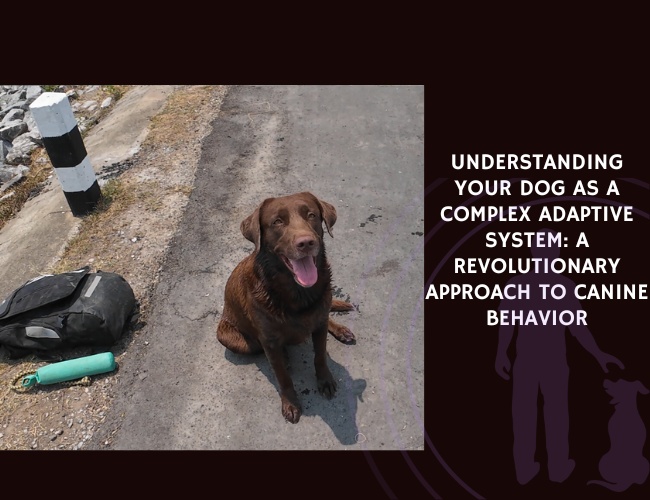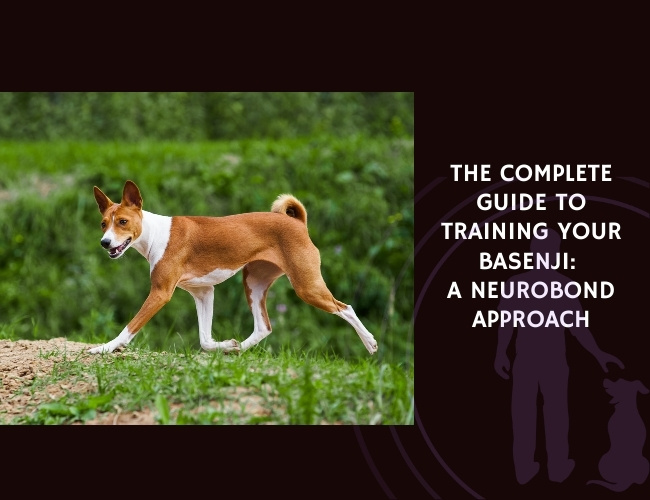In a groundbreaking investigation into emergency-response technologies for individuals with disabilities, researchers explored how assistance dogs could become active participants in life-saving interventions. The study, led by **Charlotte L. Robinson**, **Chiara Mancini**, **Jonas Linden**, **Claire Guest**, and **Lars Swanson**, was published in the Proceedings of the 8th ACM International Conference on PErvasive Technologies Related to Assistive Environments.
The researchers examined a device called the Ringsel, a canine-activated emergency alarm that allows trained dogs to “call for help” by pulling a mouthpiece. This interface capitalizes on assistance dogs’ ability to follow complex tasks in aid of their owners. The Ringsel provides a tangible method for a dog to initiate emergency communication, especially useful for owners with limited mobility or communication capacity.
However, the study goes further by considering the integration of these dog-activated systems into broader smart environments. Specifically, the team explored how dogs’ unique and repeatable behavioral patterns could be used to train automated systems to recognize emergency contexts—without requiring explicit dog-initiated action. For instance, if a dog exhibits a specific behavior in response to a seizure or fall, this pattern could be recognized by machine learning algorithms linked to in-home sensors.
This approach opens new avenues for pairing assistive animal training with AI-driven smart systems, enhancing the autonomy and safety of vulnerable individuals. The fusion of traditional assistance behaviors with modern technology creates a more responsive and adaptive emergency infrastructure—one in which the dog is not just a helper but a communicator within an intelligent system.
Source: Robinson, C. L., Mancini, C., Linden, J., Guest, C., & Swanson, L. (2015). Exploring assistive technology for assistance dog owners in emergency situations. In Proceedings of the 8th ACM International Conference on PErvasive Technologies Related to Assistive Environments, July 2015. https://doi.org/10.1145/2769493.2769544

